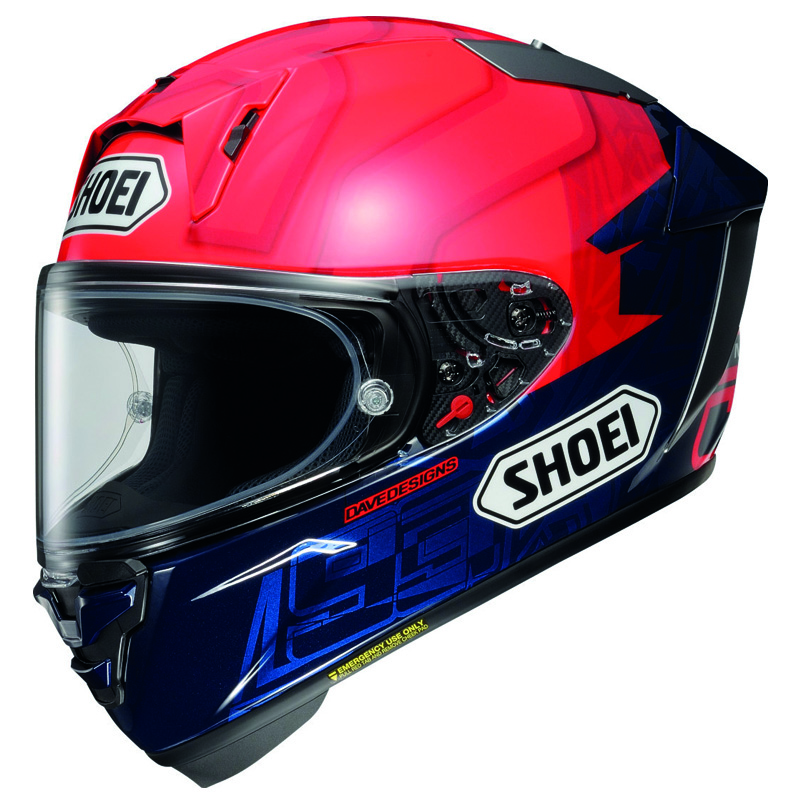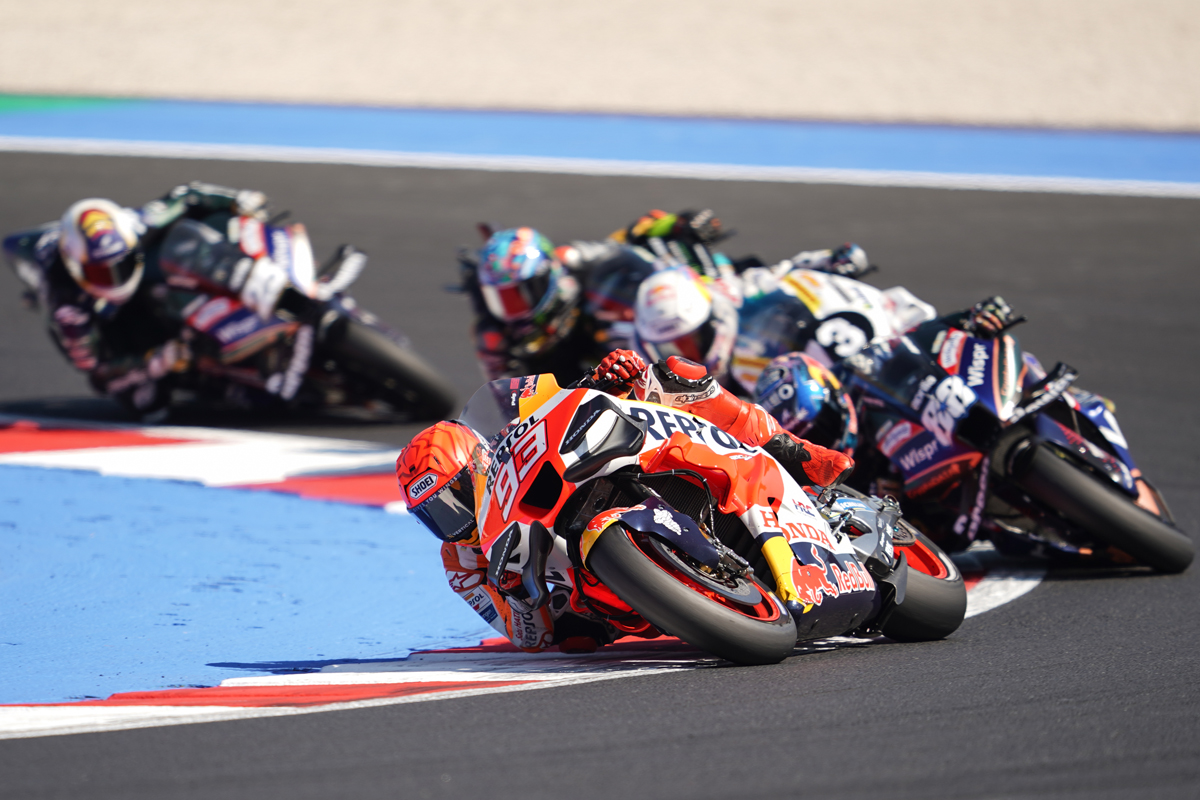
For years motorsport has been used as a means of rapid development in technology, aerodynamics and safety for the motorcycles we ride on the roads. What usually gets forgotten about is what riders wear when riding flat-out around the fastest and most demanding race circuits in the world. Yes, race suits, gloves, boots and helmets are what keep these top athletes safe at ten-tenths where the rubber meets the tar. Whether it’s low siding at 300 km/h, landing badly after a high side or just being extremely aerodynamic, companies invest millions into motorsport and work continuously around the clock for a safer, higher quality and less drag coefficient product. A year-old product competing in the most elite form of motor racing could mean sacrificing a couple of tenths per lap or even keeping a championship contender out of action for a longer period of time.
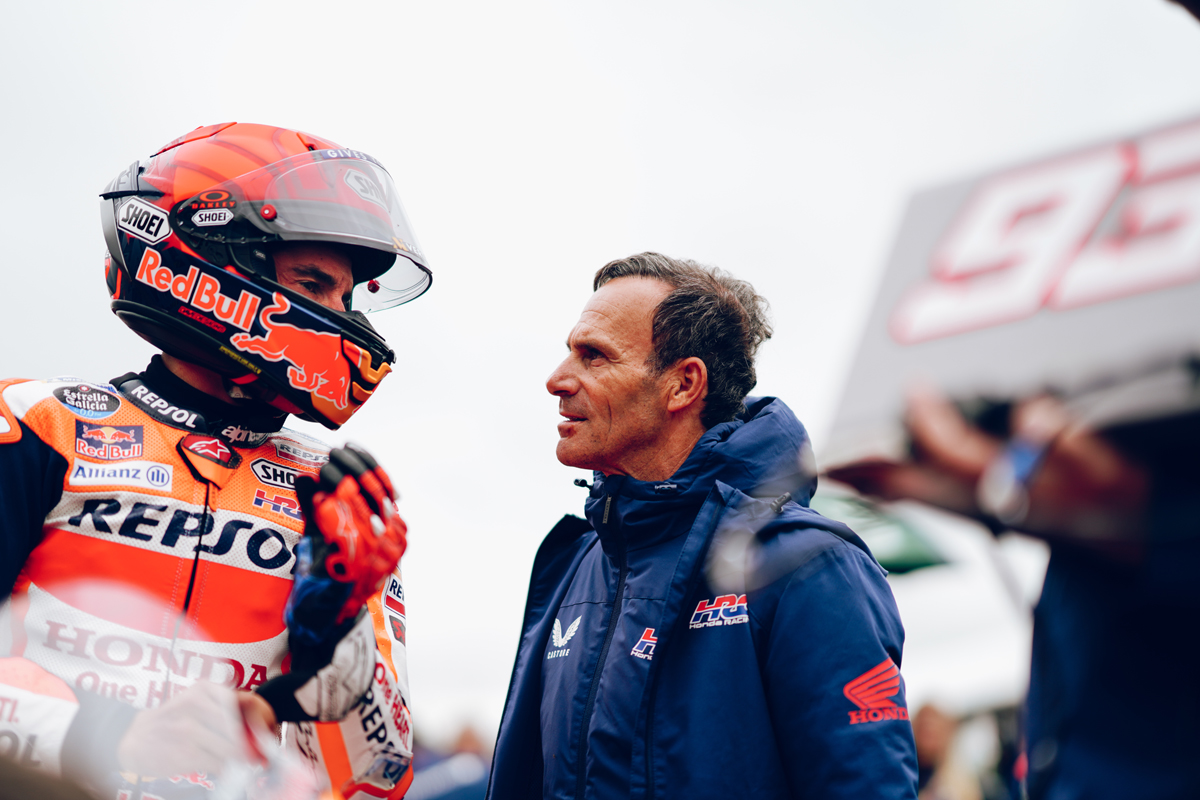
There is no denying how crucial product development is for the end user, and one company who have been taking this into account since 1959, is the Tokyo-based company known as Shoei. Even if you don’t ride a motorcycle, you will know that Shoei is one of the Holy Grail helmet brands out there and that’s not just because of “Mr.93”. Shoei takes pride in testing their helmets out in the field, as they believe this gives them the best real-world results. One thing about this Japanese helmet brand that impresses me the most, is that every Shoei helmet is meticulously handmade and goes through a sophisticated process that involves over 50 people. You won’t get a dud from Shoei, only a helmet that’s almost too good to wear.
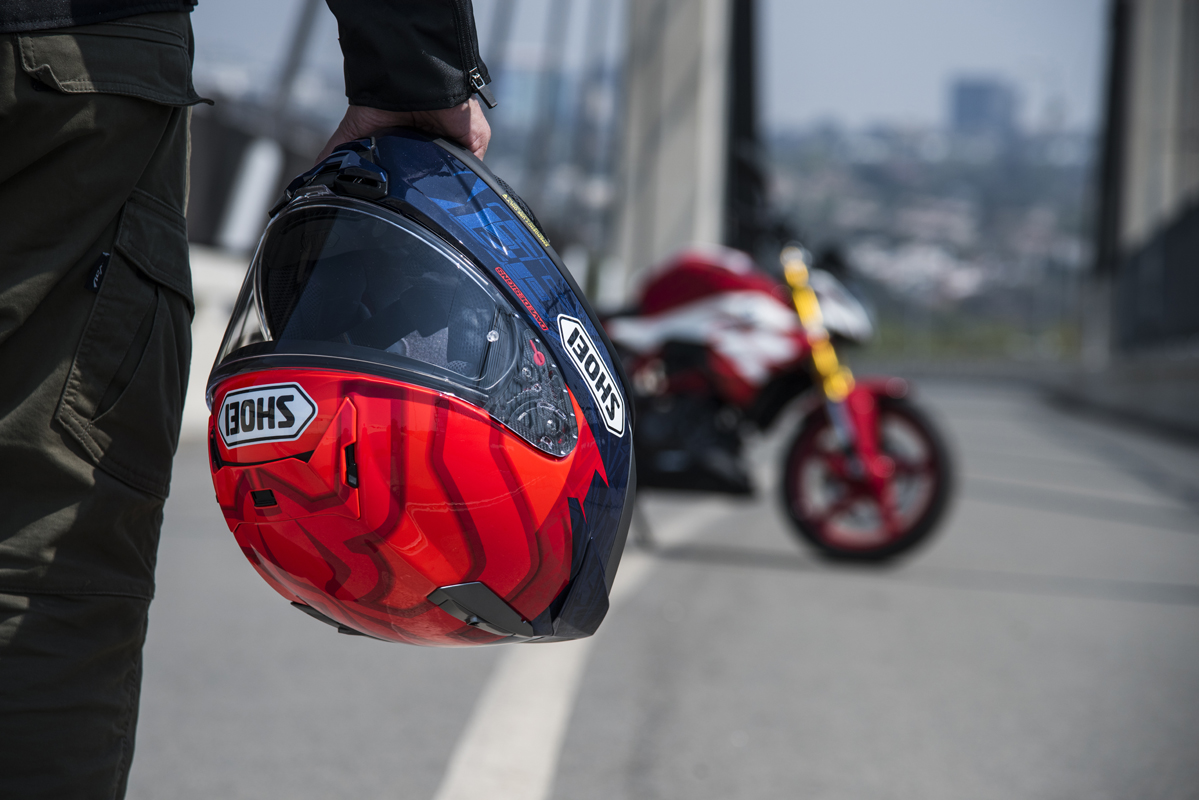
Motorcycle racing means a lot to its fans, the bike that wins on Sunday is the bike people buy on Monday, the next packet of cigarettes or in today’s world, a pledge of faithfulness to a helmet brand. Just like how the three words Rossi, Yellow and AGV all belong, so too do Shoei, Marc Marquez and MotoGP. Shoei’s original X-Spirit led the pack by being the most advanced helmet in the world back in 2003, and twenty years later they have done it again, with a leap from the X-Spirit III to the all-new X-SPR Pro.
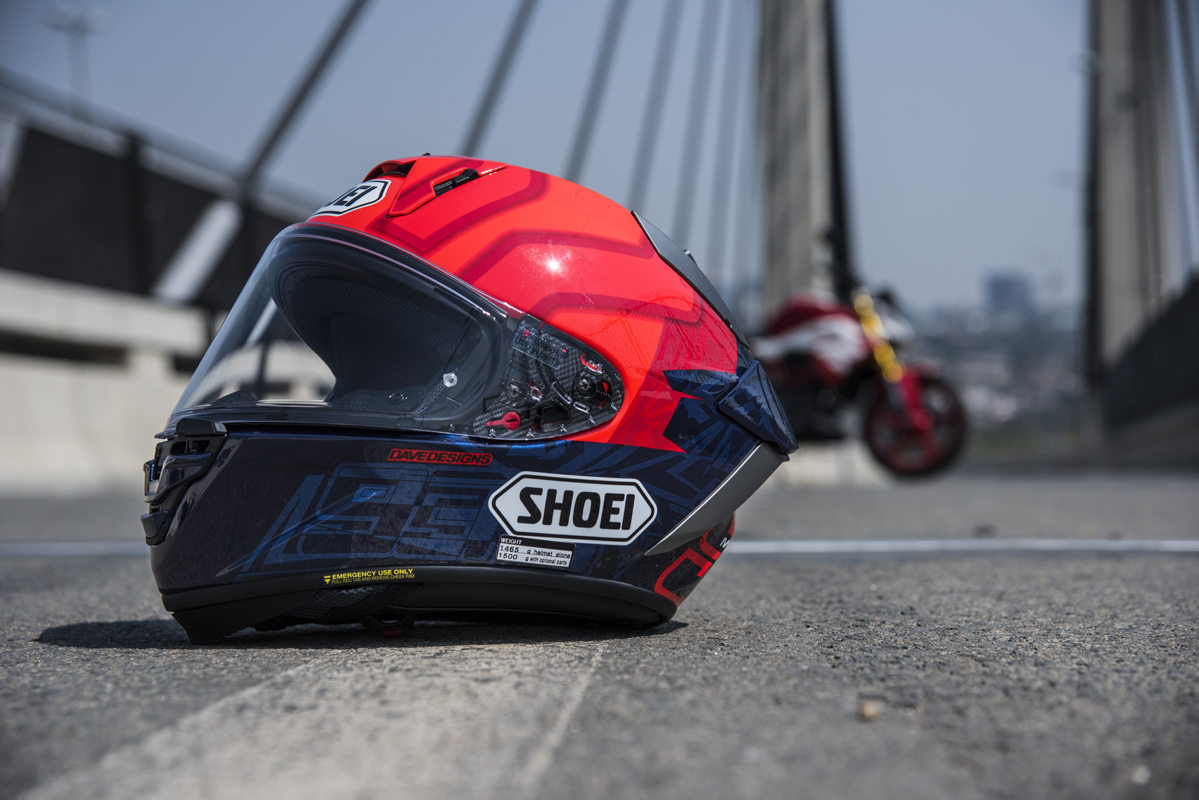
To the untrained eye, the X-SPR Pro may look very similar, but trust me, all of it is new. So, how do you better an X-Spirit III? Well, Shoei took the X-SPR Pro to the wind tunnel and 150 iterations later, they created a new design that is fully focused on high-performance riding with the aeroform shape providing aerodynamic performance at speeds in excess of 350 km/h. I know, who is going to do 350 km/h on the road, but again, it’s pretty cool bragging rights. One thing is for sure, the innovation behind the X-SPR Pro is not limited to its exceptional aerodynamic performance.
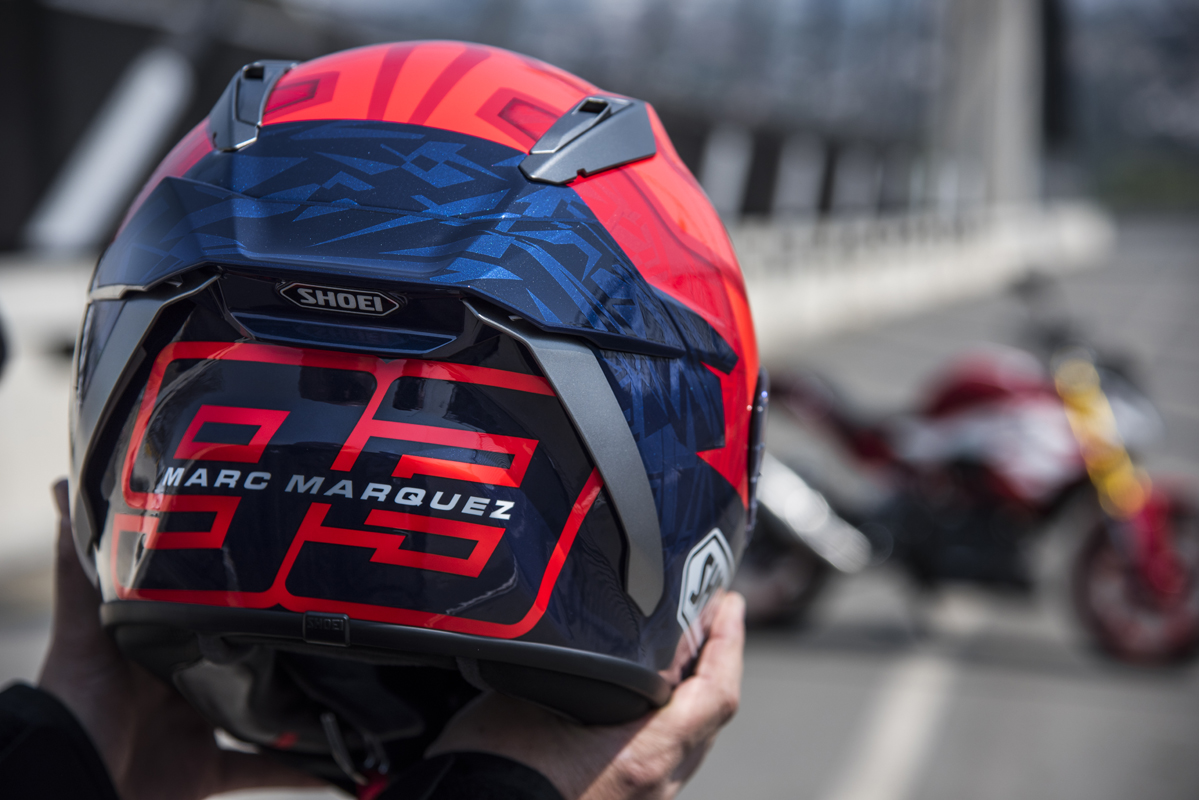
Ok, the aerodynamics may just be a little overkill for the road rider, but there are two things racers and street riders need and that’s good visibility and ventilation. The X-SPR Pro comes with revised dimensions around the eye port providing a wider field of vision and Shoei has also positioned the ventilation holes in optimised locations. The multiple inlet and outlet vents (7 closable air inlets & 6 air outlets) have been developed to deliver a higher ventilation efficiency when riding in the tucked position. The cheek ventilation system has also been improved and now features double the number of ventilation holes.
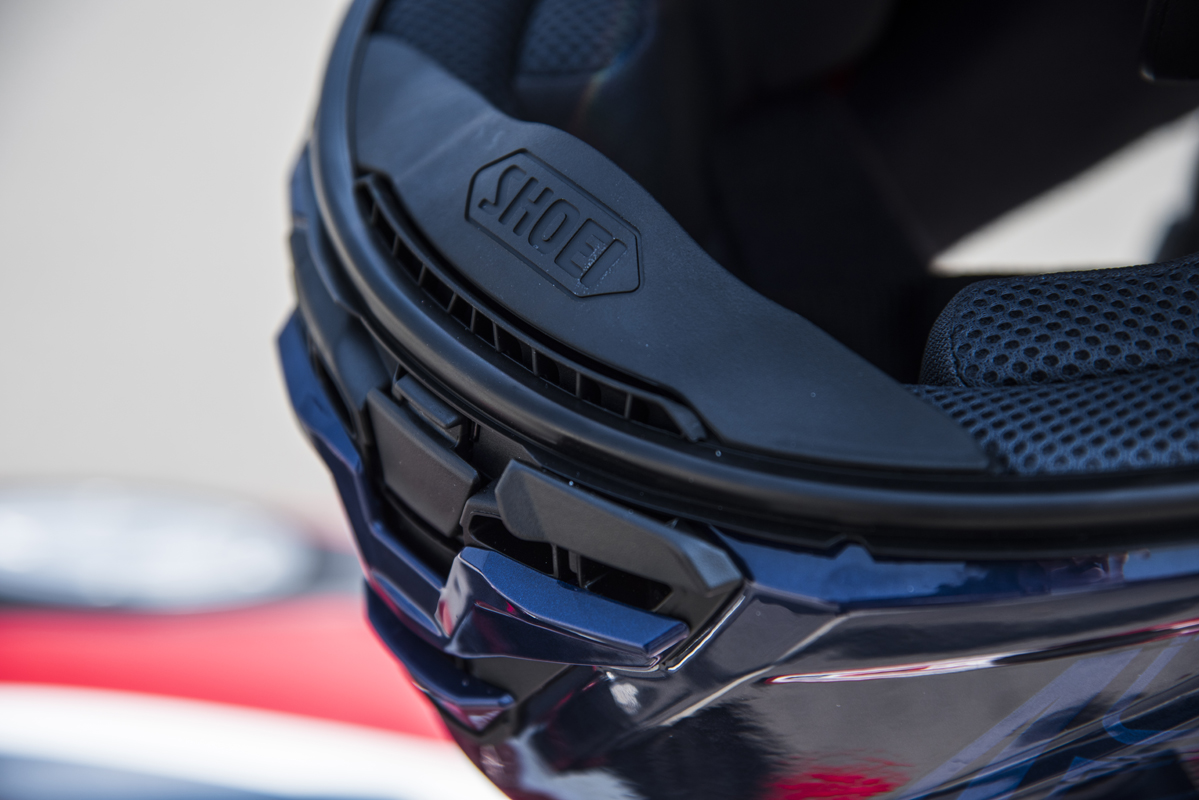
Thanks to FIM’s strict rules the Shoei X-SPR Pro’s shell and visor mechanism now comes with the latest ECE 22.06 certification. This means the X-SPR Pro has a new visor system which features a central locking mechanism—designed to reduce the risk of accidental visor release. Shell-wise, because the ECE 22.06 tests a penetration done on 12 places rather than the 22.05 testing only 4 places, the X-SPR Pro gets Shoei’s AIM+ shock-absorbent shell making the X-SPR Pro safer but heavier than before at 1442 gram in a size M. Marc Marquez has certainly put the ECE 22.06 certified X-SPR Pro to the test this season with 22 crashes out of the 14 rounds—now that’s what you call R&D.
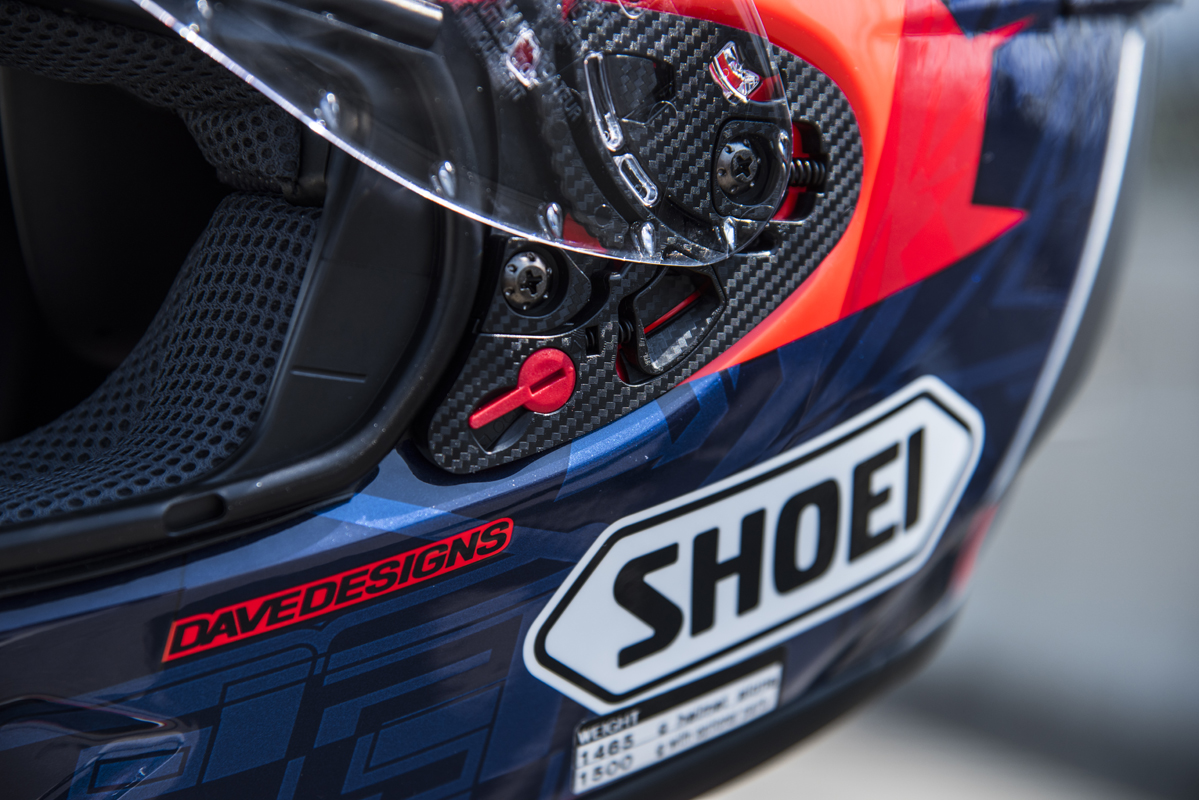
We also see the fancy carbon fibre shield base plate section now equipped with a newly designed trigger lock mechanism. The trigger lock mechanism activates another lock on the base plate, again preventing the visor from opening in the event of an unlikely accident. I also found that when the locks are open, the visor is extremely easy to replace, which will come in handy to endurance racers. Lastly, another nice touch is that the X-SPR Pro comes prepared for easy installation of a hydration system.
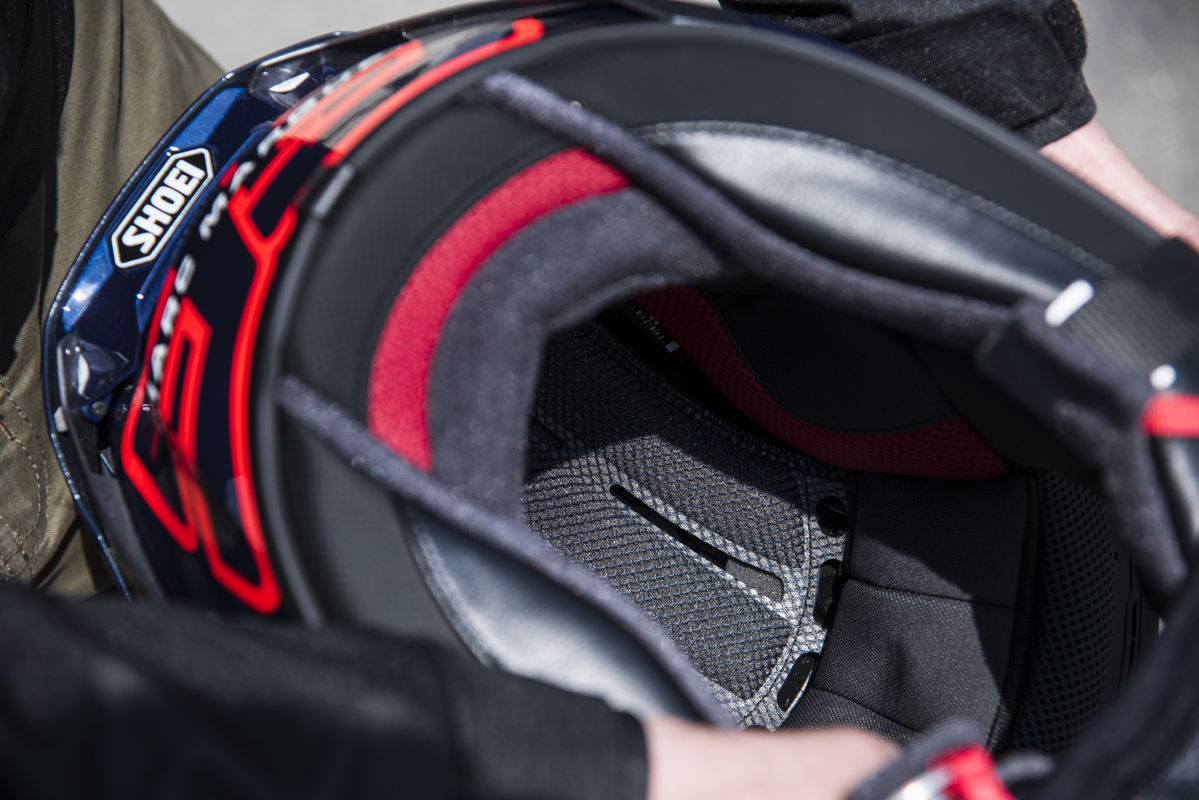
Will it fit my head? In addition to the X-SPR Pro coming in four different outer shell sizes (XS-S/ M/ L/ XL-XXL) with cheek pads available in different thicknesses (31, 35, 39, 43 mm), it is also equipped with a new independently adjustable modular interior system. The pads are shaped like pockets, allowing you to tailor the fit to your own head shape right around the helmet. The cheek padding uses the same two different angle adjustment systems, as seen on the X-Spirit III, and the area in contact with the cheek is 16.5% larger—providing a more secure fit at high speeds.
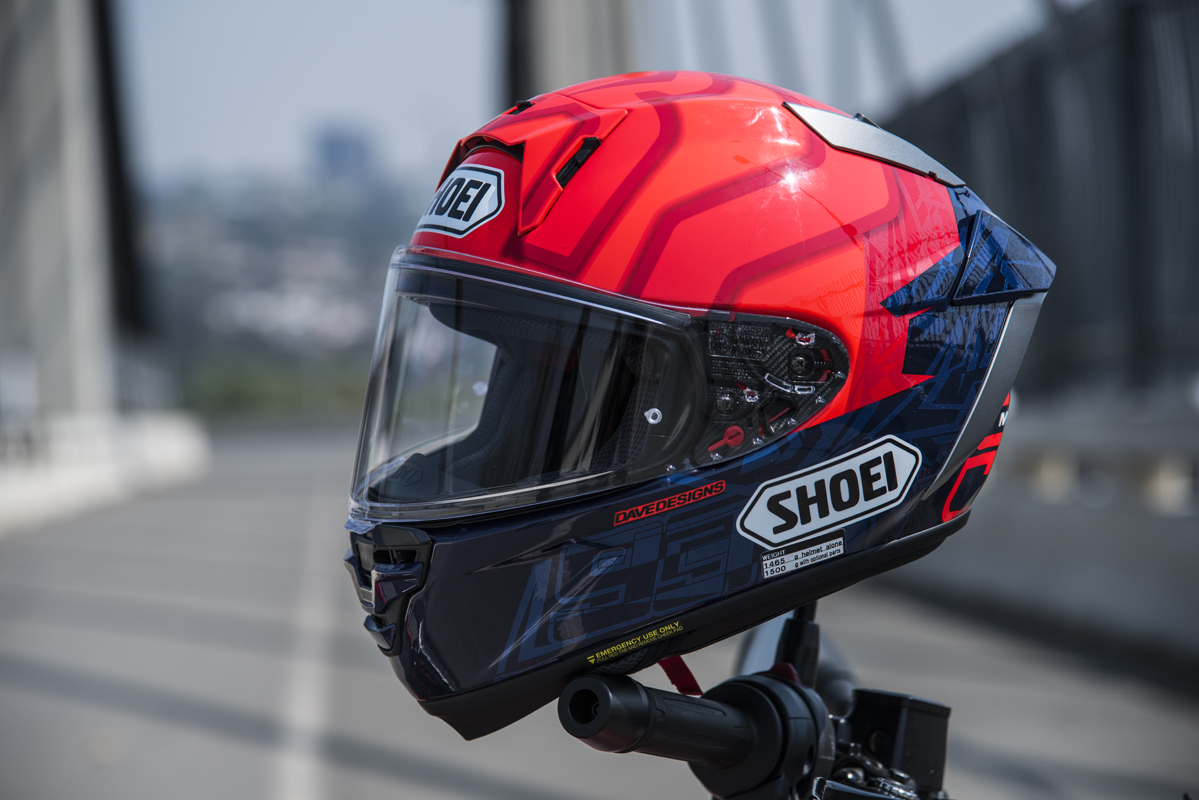
The Shoei X-SPR Pro comes in a multitude of graphics and solid colours, for those who aren’t too big into the racing look. But for me, it has to be the Marquez7 TC-1 with its subtle ghosted blue 93 and the 3D ant on the top. I’ve never been Marc fan up until now and with his move to Ducati next year, who doesn’t want to support an underdog story that is finally making a turn for the better?
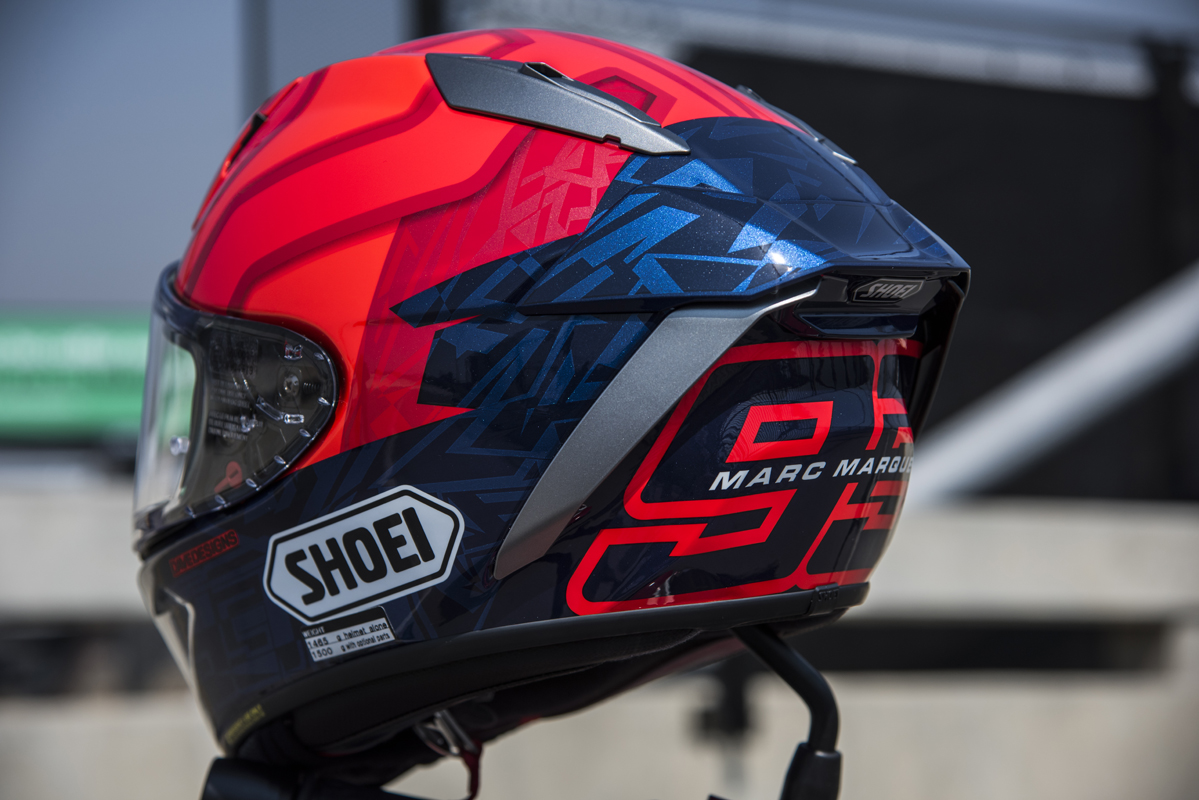
In summary, the “PRO” in X-SPR Pro is really meant. Shoei has somehow bettered the X-Spirit III with the ‘PRO’, with some features suiting the road riders and a lot suiting those on track. What I liked the most was the better fit and how all the vents and locking systems were easy to operate, even with thick leather gloves. At the end of the day, the Shoei X-SPR Pro is a high-end track-focused helmet and that’s going to cost you a pretty penny. But, just like a medical aid, a good helmet shouldn’t be a budget purchase.
Shoei X-SPR Pro
For more information on the product featured in this article, click on the link below…




